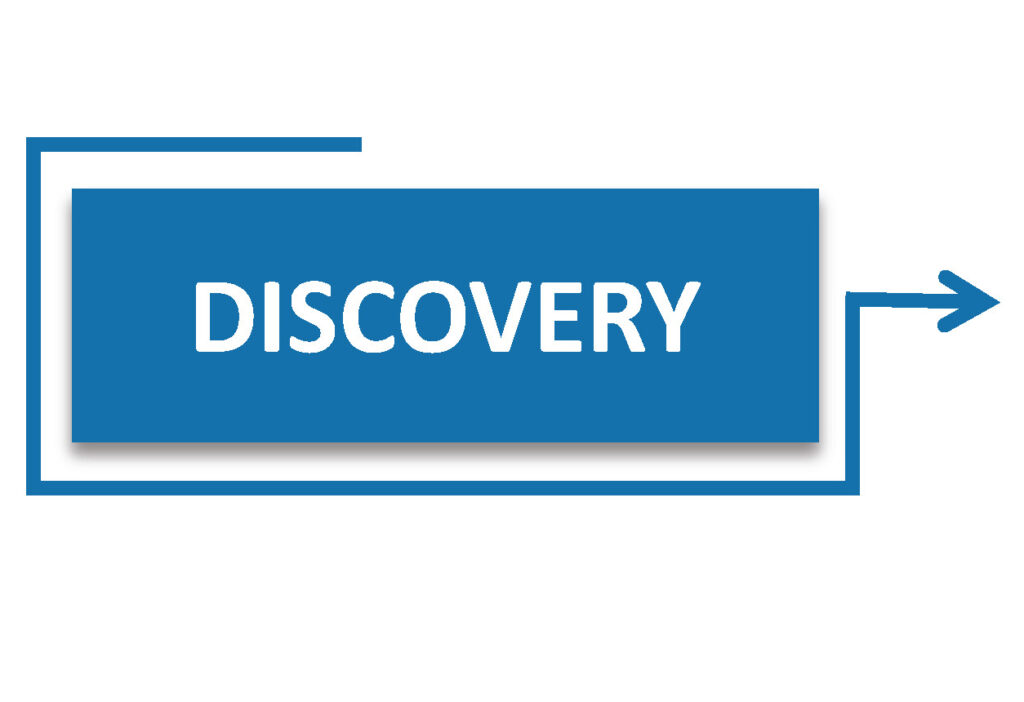Kurt Moydell | Senior Vice President, Global Sales & Marketing
At Spinnaker Support, we hold that third-party software support isn’t just a service, it’s a partnership. To achieve that state, both parties – customer and vendor – must be comfortable committing to a working relationship that can endure and grow for years. Plainly put, it is critical.
Seven Steps for Evaluation

A properly executed evaluation process helps you and the vendor assess your support needs and align your future support costs to your unique support use case. At Spinnaker Support, the evaluation-to-transition process generally follows seven steps, as shown above and detailed below.
The length of this process can vary from organization to organization. Each step may also overlap in duration, thus shortening the overall length of the process.
STEP 1 – VALIDATE
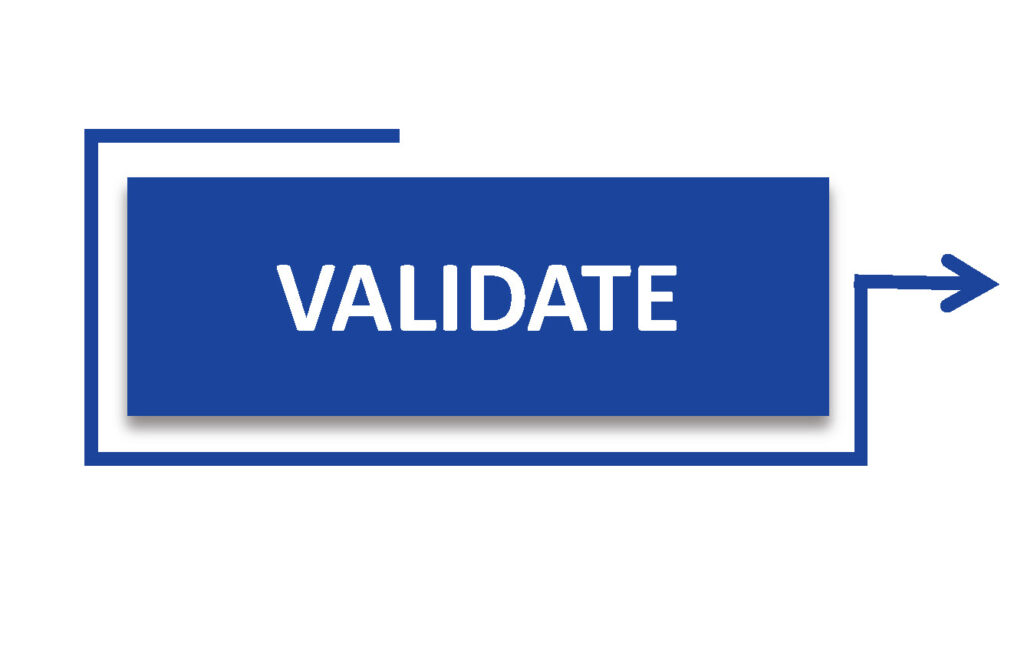 Timing: One week
Timing: One week
Purpose: The initial assessment of the business problem, solution fit and agreement to begin discussions. Can we properly support your unique product set? Are we a good fit as a business partner?
STEP 2 – DISCOVERY
Timing: One to three weeks
Purpose: To move forward, the parties agree to sign a mutual non-disclosure agreement (NDA) and then begin the discovery process. The discovery kickoff meeting and process can include:
- Product inventory/spend analysis (Via a Product Questionnaire)
- Shelfware vs. Product-in-use analysis
- Common license set/support level assessment (Customer Support Identifier)
- Ticket history analysis from the previous two to three years (types, priority level, etc.)
- Global tax and regulatory needs assessment
- Global support team/language needs assessment
- Support lifecycle plan assessment (divestitures, product retirement schedule, and more)
STEP 3 – SCOPE
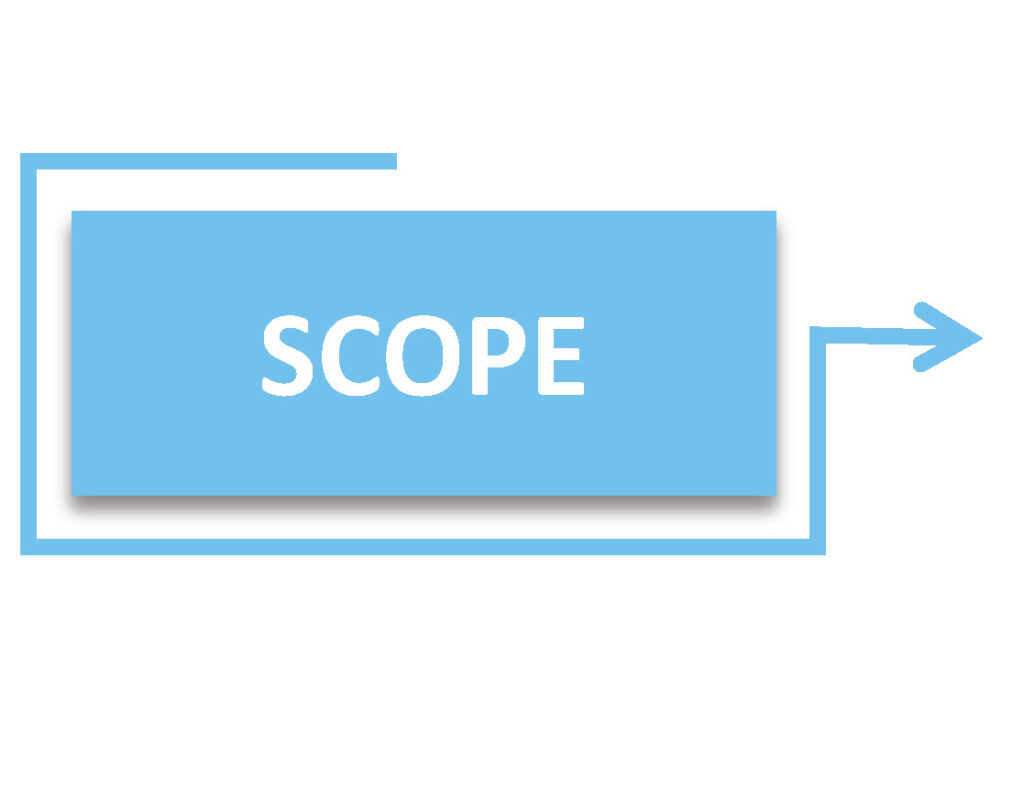 Timing: One to two weeks
Timing: One to two weeks
Purpose: With discovery complete, we then use the gathered information and data to properly scope your software support needs. Ideally, we will continue to work closely to align results with your staff capabilities and IT roadmap and strategy.
STEP 4 – PROPOSE
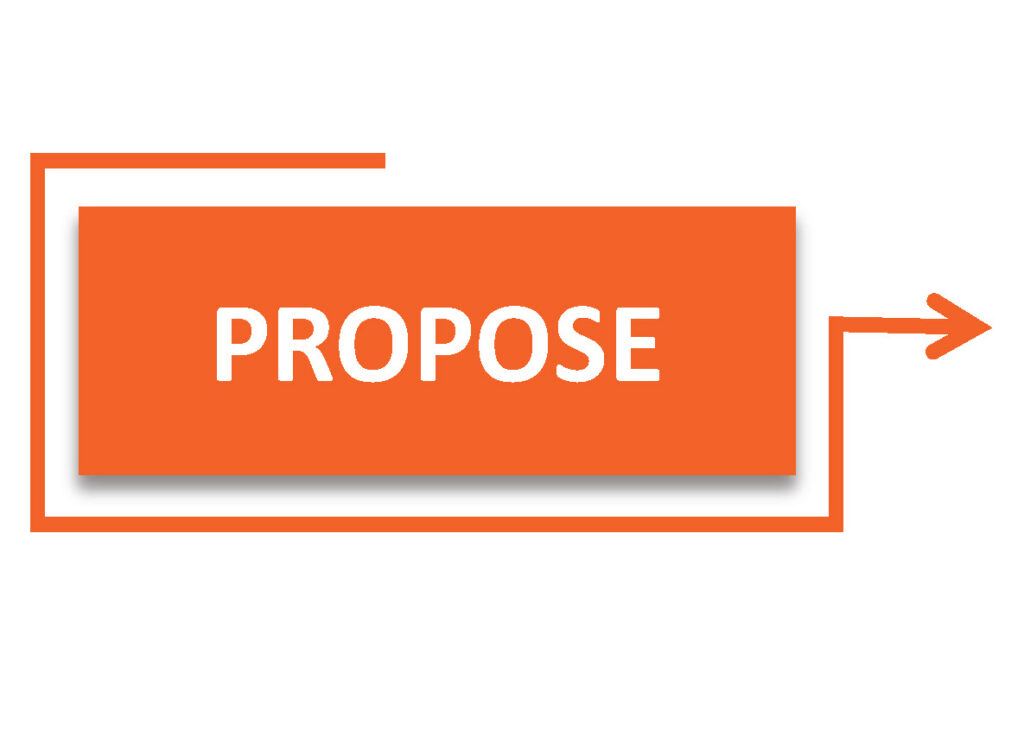 Timing: One to two weeks
Timing: One to two weeks
Purpose: The collected information and scoping help build proper pricing and terms and conditions, aligning services to the needs of the individual customer. The outputs of this stage are a formal proposal, pricing, a draft Master Services Agreement (MSA), and a draft Statement of Work (SOW).
Note that, when it comes to pricing, the starting point for third-party software support is 50% of a customer’s current vendor support spend. This is rationalized further for unused software, or shelfware, and unused licenses. All told, average savings with Spinnaker Support are generally 62% – 67%.
Organizations have applied those recovered funds to other strategic projects or, in the case of financial stress, have used it to circumvent staff reductions.
STEP 5 – PROVE
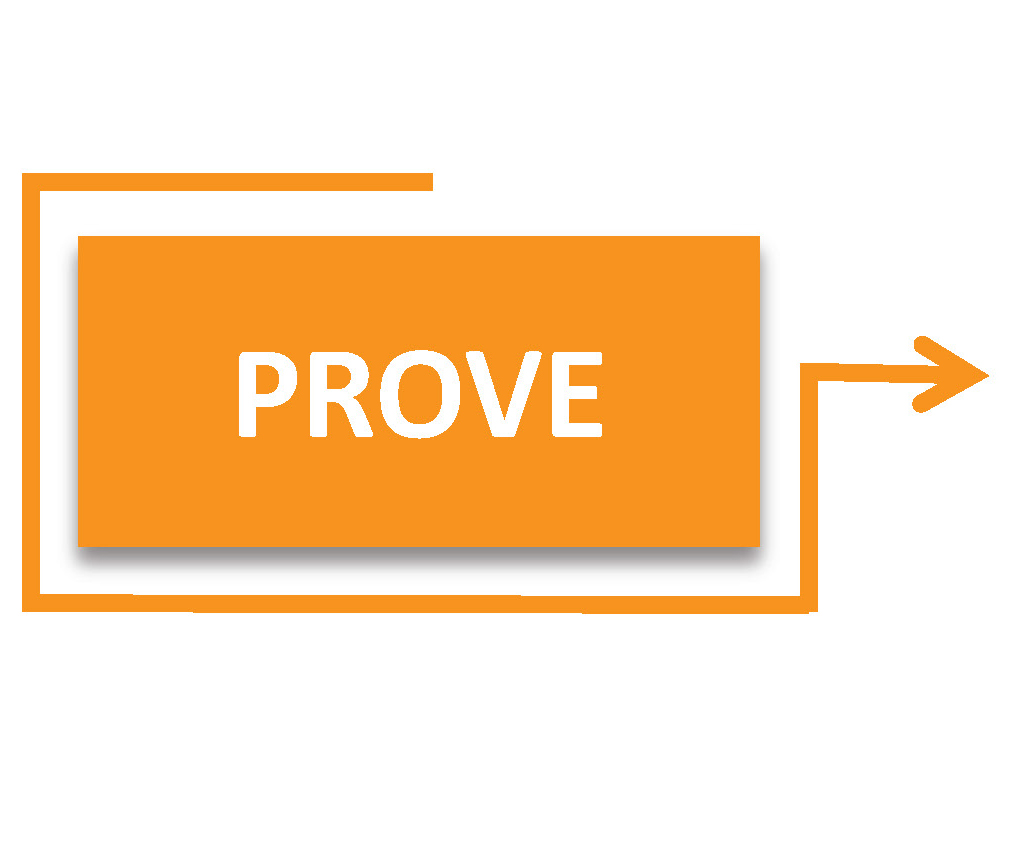 Timing: Three to Six weeks
Timing: Three to Six weeks
Purpose: This step centers around clarification of the solution, support model, and contract details. This can include deeper dives into security, risk profiles, and tax and regulatory compliance. Our experts and our leadership are always available to answer questions. If organizations ask for references, we introduce them to current third-party support customers with similar systems and needs.
STEP 6 – CONTRACT
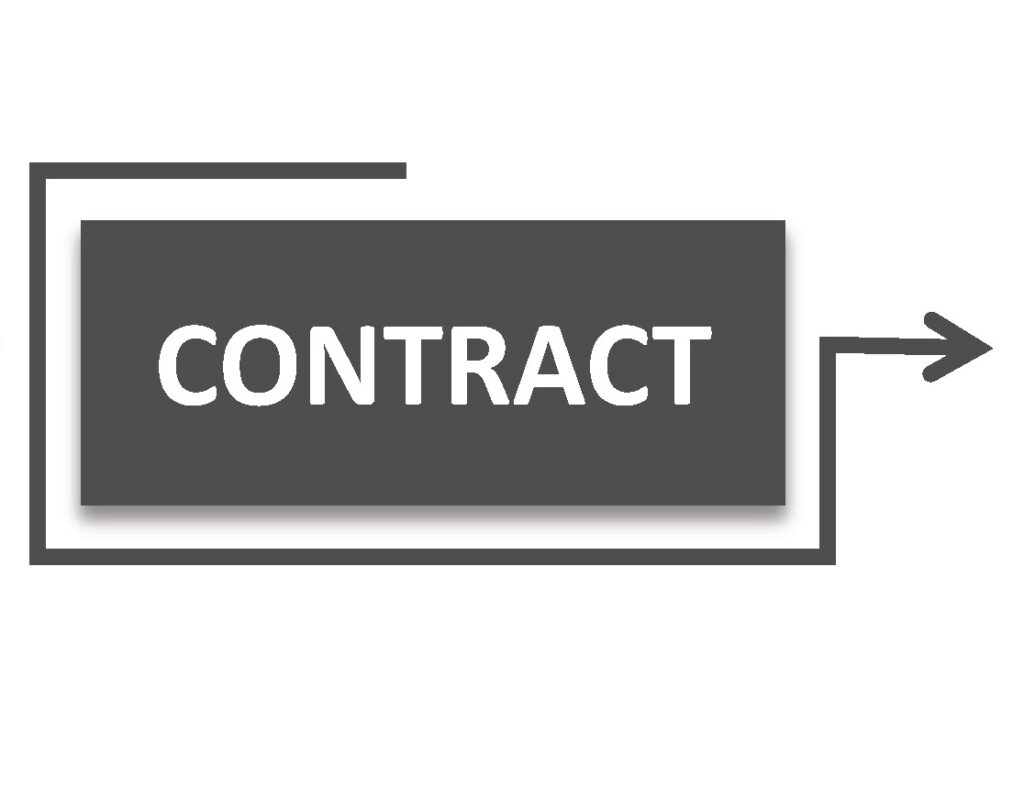 Timing: Two to three weeks
Timing: Two to three weeks
Purpose: This is the legal and business reviews, contract signing, and execution of the MSA and SOW. We offer flexibility that aligns with your product landscape and business needs.
We will work under our Master Agreement or yours and create a mutually accepted SOW with a tightly-defined scope and SLAs. Flexible business terms include number of years for the contract and allowances for changes in business conditions (e.g., spin-offs and divestitures, employee or site reductions, product decommissioning, and product additions). We recommend that customers complete the contract with enough time set aside for archiving prior to the publisher contract end date.
STEP 7 – ONBOARDING
 Timing: Three to twelve weeks
Timing: Three to twelve weeks
Purpose: The multi-step process for transitioning to third-party support, including the assignment of your support team, a formal kick-off meeting, the archive creation, and the overall knowledge transfer and transition from the software publisher support.
Evaluation Recommendations
The above process, while idealized, is based on the hundreds of assessments we run annually for organizations of all sizes and from across the globe. Some linger longer on a step to satisfy their requirements, while others with specific needs may even skip a step.
While we’ve seen this entire process, including onboarding, take as little as a month to complete, our typical cycle runs anywhere from three to six months in duration. We recommend never rushing through the process at the expense of proper vetting and planning. While each evaluation is unique to the character and needs of the potential customer, we offer this advice:
- Be Prepared – You can shorten the Discovery process by having as much of your usage and operational data compiled and ready for review and discussion.
- Be Persistent – Especially under a signed mutual NDA, your vendor should be able to answer all of your questions. When required, push to speak to their internal experts in areas like security, onboarding, and tax and regulatory compliance.
- Be Aware of Reputation – Spend time researching the online and market reputation of your vendor. If available, contact your analyst firm for its assessment. The vendor should be glad to share current customer references for you to speak to.
For more details on this particular topic as well as everything you might possibly need to know about third-party Oracle and SAP support, we recommend downloading “The A-to-Z Guide to Third-Party Support.”
